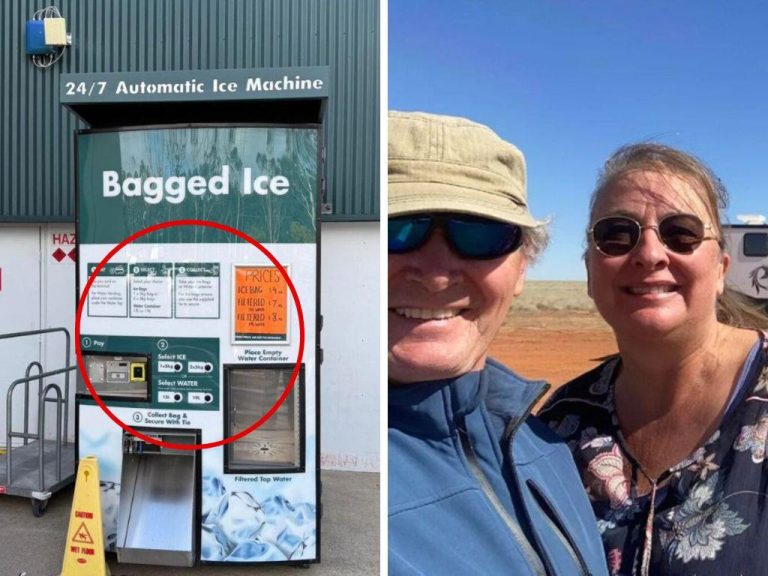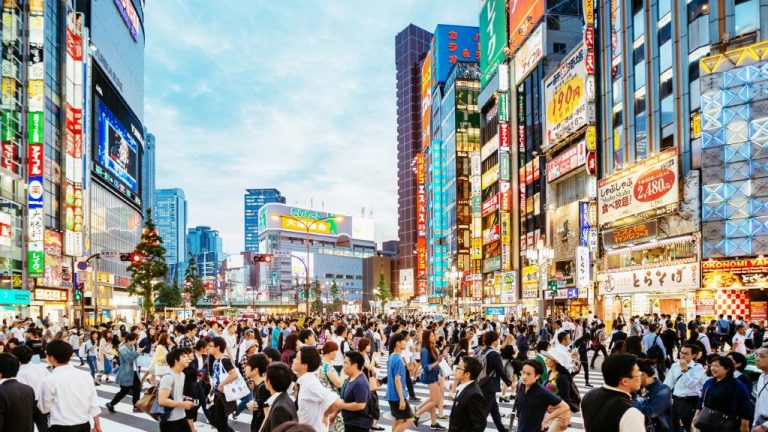Malls feel heat from Amazon arrival

Real estate groups heavily exposed to Amazon’s entry into Australia have been hit by investor fears that older shopping centres will be decimated by the online giant, but some players will suffer more than their more agile rivals.
The Scentre Group, which operates Westfield malls across Australia, may come out on top due to an agile approach that involves tapping the last technology its sister malls use offshore. GPT and Stockland may suffer the greatest impact.
“Scentre has shown the best track record in the past of a changing tenant mix that should see a reduced impact from online sales growth,” UBS equities analysts notes in a study of Amazon’s impact on property groups.
Commercial Insights: Subscribe to receive the latest news and updates
An assessment by the bank’s Evidence Lab of 2300 malls and shopping centres across the Asia- Pacific and 700 in the US prompted the group to keep its underweight call on the Retail REIT sector in Australia.
The call is significant as trusts that own shopping centres have already lagged the broader property sector by 20% in the 12 months to the end of April, the worst underperformance for four years.
UBS confirmed the trend among landlords to boost entertainment, food and retail services — which are expected to be least impacted from the growth of online sales.
However, it found that the historical data suggested the retail market will evolve faster than the malls can adapt.
Mirvac has the highest exposure to younger consumers who are most likely to take up Amazon Prime subscriptions. However, it also has the highest purchasing power within its catchment areas. At the other end of the spectrum, Charter Hall Retail REIT, which mainly focused on neighbourhood and subregionals, has the lowest proportion exposed to this age cohort.
The changing dynamic only reinforces our preference for the highest quality retail real estate
Mirvac has responded by building up the highest exposures to food catering and retail and retail services at 48% of specialty sales, against Vicinity Centres, GPT Group and Scentre Group at just 32%.
Resolution Capital portfolio manager Andrew Parsons says the spectre of the arrival of Amazon on Australian shores looms large for mall owners. He says Amazon’s arrival as a local aggregator and, more importantly, distributor will intensify the competition, but cautions against simple comparisons, as the US is over-retailed.
“While there are clearly lessons to be learnt, there are significant differences between the US retail real estate landscape and Australia,” Parsons says.
About 45% of US mall floor space is allocated to department stores, almost double that of Australia. Local malls also have lower exposure to apparel.
Parsons acknowledges that the local retail sector is facing considerable headwinds. “Traditional retailers and the real estate they occupy will need to battle even harder for the marginal sales dollar,” he says.
He visited shopping centres in southeast Queensland this year and found any were looking lacklustre in terms of a compelling offer for shoppers or retailers.
“The changing dynamic only reinforces our preference for the highest quality retail real estate,” Parsons says.
“It may not be immune, but will fair significantly better than properties with a limited offer, in competitive catchments or marginal locations.”
This article originally appeared on www.theaustralian.com.au/property.







